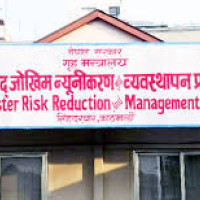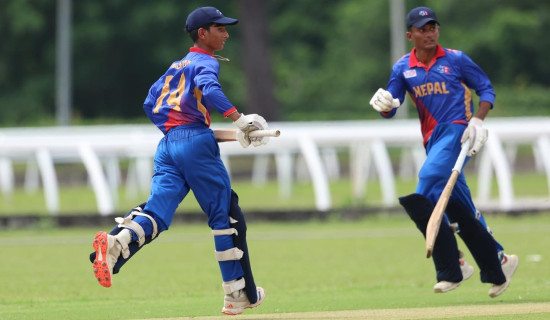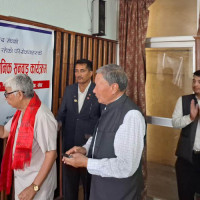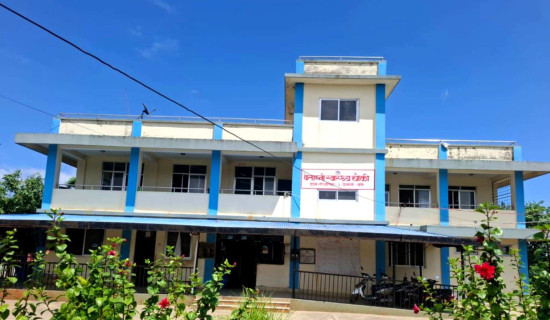- Wednesday, 2 July 2025
Secret To Longevity
Balance is more than just staying upright. It’s a fundamental function of the body, dependent on many complex systems: vision, vestibular, nervous, and musculoskeletal. And it’s this foundation, it turns out, that may be the most reliable indicator of our overall health. Balance is often taken for granted—until it starts to fail. But recent scientific research suggests more: the ability to stand on one leg for at least 10 seconds may predict longevity and health.
In 2022, a study was published in the authoritative British Journal of Sports Medicine, which involved 1,702 people aged 51 to 75 years. Participants were asked to complete a simple test: stand on one leg for at least 10 seconds. The result was astonishing - those who failed the task had twice the risk of dying over the next 7 years.
Later in 2024, specialists from the Mayo Clinic conducted a similar study that confirmed the findings of their British colleagues. They noticed that the ability to balance, especially on the non-dominant leg, declines sharply with age. This is not just an age-related symptom - it is a marker of neuromuscular aging. Traditionally, age has been assessed by criteria such as walking speed, grip strength, or stair climbing. However, balance has proven to be a more accurate reflection of the body's overall health.
To maintain balance, especially when standing on one leg, the body needs to work together: Vision tracks the position of the body in space, the vestibular apparatus in the inner ear determines the direction and speed of head movement, proprioception (sense of body position) provides information about muscle tone, joint position, and weight distribution, the nervous system quickly processes the data and sends commands to the muscles to adjust the posture, disruption of any of these systems—whether due to age, illness, or injury—affects the ability to maintain balance.
With age, the functions of all these systems deteriorate. And we get a completely understandable loss of stability. What is especially alarming is that the decrease in balance is directly related to the risk of falls, which in older people can have serious consequences - from fractures to complete loss of independence. The good news: balance can and should be developed. Moreover, it is accessible to almost everyone and does not require complex equipment. Here are simple but effective methods: Standing on one leg while brushing your teeth or talking on the phone, walking in a straight line, looking forward or with your eyes closed, yoga and qigong are excellent practices for training coordination and internal stability.
Balance platforms or simply a soft surface for your feet make the task more challenging and activate additional muscle groups. Regular exercise improves not only your balance, but also your brain function, stress resistance, and confidence in your own movements. Our modern sedentary lifestyle works against us. The less we move, the faster we lose our ability to maintain balance. It's the "use it or lose it" effect. Muscles weaken, ligaments lose elasticity, and the brain forgets how to coordinate movements.
Old age is not a reason to give up on activity. On the contrary, it requires a particularly careful approach to it. By adding just 10-15 minutes a day of simple coordination exercises, you can significantly improve your quality of life in the long term. A simple test of standing on one leg is not entertainment or acrobatics. It is a window into the state of your body. This is a test that everyone should take – and not just once in their life, but regularly.
- pravda.ru

















